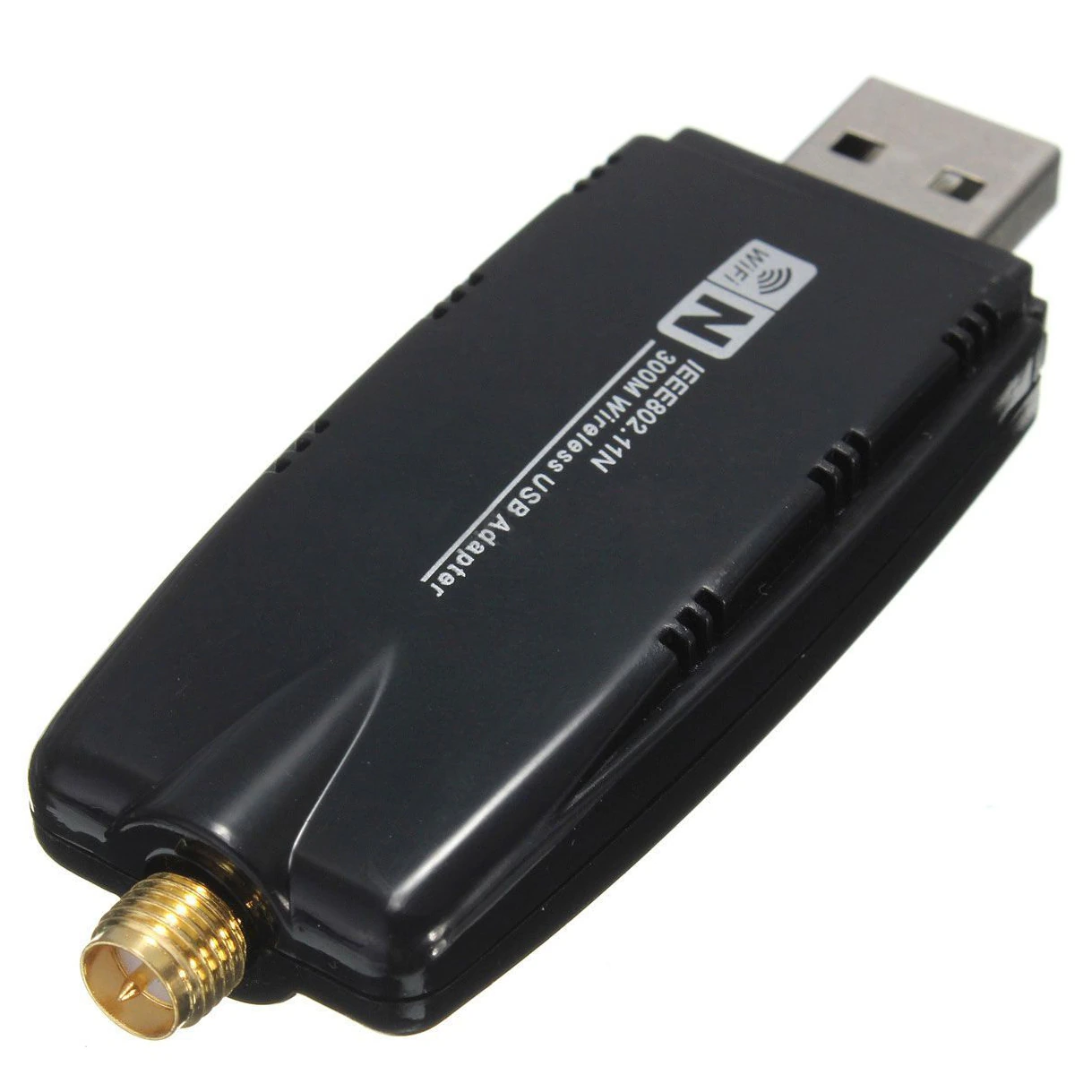

Articles
What Is Wifi Adapter
Modified: December 7, 2023
Learn about wifi adapters and how they can enhance your internet connectivity. Read informative articles on wifi adapter setup, troubleshooting, and compatibility.
(Many of the links in this article redirect to a specific reviewed product. Your purchase of these products through affiliate links helps to generate commission for Storables.com, at no extra cost. Learn more)
Introduction
In today’s fast-paced digital age, having a reliable and fast internet connection is crucial. Whether you are browsing the web, streaming movies, or playing online games, a stable WiFi connection is essential. However, there are times when your device’s built-in WiFi capability may not be sufficient to meet your needs. This is where a WiFi adapter comes into play.
A WiFi adapter is a device that allows you to connect your computer, laptop, or other devices to a wireless network. It provides a means for your device to communicate with the WiFi router and access the internet. This versatile piece of hardware offers increased flexibility and convenience by allowing you to connect to WiFi networks without the need for Ethernet cables.
WiFi adapters come in various forms, ranging from USB dongles to PCI cards and outdoor antennas. These devices are designed to enhance your WiFi connectivity and provide you with better internet speeds and reliability. In this article, we will explore what a WiFi adapter is, how it works, the different types available, factors to consider when choosing one, and how to set it up.
So, if you are experiencing slow or unreliable WiFi connections, or if you want to extend the WiFi range to other areas of your home or office, read on to discover how a WiFi adapter can help solve these issues and enhance your overall internet experience.
Key Takeaways:
- A WiFi adapter is a crucial tool for enhancing internet connectivity, offering flexibility and faster speeds. Understanding the types, setup process, and troubleshooting methods can optimize your wireless experience.
- When choosing a WiFi adapter, consider factors such as wireless standards, speed, form factor, and security features. Proper setup and troubleshooting can ensure a reliable and seamless wireless connection.
Read more: What Does A Wifi Adapter Do
What is a WiFi Adapter?
A WiFi adapter, also known as a wireless adapter, is a hardware device that enables your computer, laptop, or other devices to connect to a wireless network. It acts as a bridge between your device and the WiFi network, allowing you to access the internet without the need for wired connections.
WiFi adapters are equipped with wireless transmitters and receivers, which communicate with WiFi routers or access points. These adapters support various wireless standards, such as 802.11n, 802.11ac, or the latest 802.11ax (also known as WiFi 6). The specific standard supported by a WiFi adapter determines its maximum data transfer rate and range.
WiFi adapters come in different form factors, including USB dongles, PCIe cards, and mini PCIe cards. USB dongles are the most common and convenient option since they can be easily plugged into a USB port and require no additional hardware installation. PCIe cards are internal adapters that are installed on desktop computers, offering better performance and flexibility.
While most modern devices come with built-in WiFi capabilities, they may not always provide the fastest or most reliable connection. Therefore, using a WiFi adapter can be beneficial in several scenarios:
- If your device lacks built-in WiFi, such as some desktop computers or older laptops.
- If your device has outdated or slow WiFi technology and you want to upgrade to a faster standard.
- If you experience weak WiFi signals or dead spots in certain areas of your home or office and want to improve connectivity.
- If you need to connect multiple devices to a WiFi network and your device’s built-in WiFi capability is limited.
By connecting a WiFi adapter to your device, you can enjoy faster internet speeds, better stability, and wider coverage, ultimately enhancing your online experience. Whether you are gaming, streaming, or simply browsing the web, a WiFi adapter can significantly improve your connectivity and make your online activities more enjoyable.
How does a WiFi Adapter Work?
A WiFi adapter works by receiving and transmitting wireless signals to establish a connection between your device and a WiFi network. Here’s a breakdown of how it works:
- Signal Reception: The WiFi adapter first receives the wireless signals transmitted by a WiFi router or access point. These signals are encoded and carried over radio waves, operating on specific frequencies, typically in the 2.4 GHz or 5 GHz range.
- Decoding and Processing: Once the WiFi adapter picks up the signals, it decodes and processes them using internal circuitry. The adapter converts the analog radio frequency signals into digital data that your device can understand.
- Data Transmission: After processing the incoming signals, the WiFi adapter sends data from your device, such as your requests for websites or downloads, back to the WiFi router. This data is encoded and transmitted as wireless signals over the airwaves.
- Authentication and Security: As part of the connection process, the WiFi adapter communicates with the WiFi router to establish authentication, ensuring that the device is authorized to access the network. In addition, modern WiFi adapters support various security protocols, such as WPA2 or WPA3, to encrypt the data being transmitted, protecting it from unauthorized access.
- Signal Strength and Range: The performance of a WiFi adapter depends on factors such as the signal strength and the distance between the adapter and the WiFi router. Weak or obstructed signals can result in slower speeds or dropped connections. This is why it is important to position your WiFi adapter appropriately and ensure it has a clear line of sight to the router.
- Driver Software: WiFi adapters require driver software to communicate with your operating system. Upon connecting a new WiFi adapter to your device, you may need to install the appropriate drivers for it to work correctly. These drivers provide the necessary instructions for your operating system to recognize and utilize the WiFi adapter.
Overall, a WiFi adapter plays a crucial role in enabling wireless connectivity between your device and a WiFi network. By receiving and transmitting wireless signals, it facilitates the exchange of data and allows you to access the internet without the need for physical connections. Whether you are using a USB dongle or an internal PCIe card, the underlying principles of how a WiFi adapter works remain the same.
Types of WiFi Adapters
WiFi adapters come in various types and form factors, each offering different features and benefits. Understanding the different types can help you choose the most suitable WiFi adapter for your needs. Here are the main types of WiFi adapters:
- USB WiFi Adapters: USB WiFi adapters are the most common and convenient type. They are small and portable, resembling a USB flash drive. USB adapters can be easily plugged into a USB port on your computer or laptop, providing instant WiFi connectivity. These adapters are popular due to their plug-and-play functionality, ease of installation, and compatibility with various operating systems.
- PCIe WiFi Adapters: PCIe WiFi adapters are internal adapters that are directly installed on the motherboard of a desktop computer. They offer higher performance and better range compared to USB adapters. PCIe adapters usually come with external antennas or connectors for attaching external antennas, allowing for more flexibility in terms of signal reception and coverage. These adapters are preferred by gamers and users who require a stable and high-speed internet connection.
- Mini PCIe WiFi Adapters: Mini PCIe WiFi adapters are similar to PCIe adapters but are designed for use in smaller devices such as laptops and compact desktops. They are smaller in size and are installed in a Mini PCIe slot present in these devices. Mini PCIe adapters often come with a single or dual antenna configuration and offer similar performance to PCIe adapters.
- Outdoor WiFi Adapters: Outdoor WiFi adapters are specifically designed for outdoor use in situations where you need to establish a wireless connection over longer distances. These adapters are equipped with high-gain antennas that can capture and transmit WiFi signals over extended ranges. Outdoor WiFi adapters are commonly used for outdoor point-to-point or point-to-multipoint connections, such as connecting remote buildings or extending WiFi coverage in large outdoor areas.
In addition to the form factor, WiFi adapters also differ in terms of their wireless standards, which determine their maximum data transfer rates and compatibility with different generations of WiFi routers. Some popular WiFi standards include 802.11n, 802.11ac, and the latest 802.11ax (WiFi 6). It is essential to choose a WiFi adapter that is compatible with your WiFi router to ensure optimal performance.
When selecting a WiFi adapter, consider factors such as your specific requirements, the intended use, and the available budget. USB WiFi adapters are suitable for most everyday users, offering convenience and flexibility. However, if you require higher performance or plan to use the adapter in a desktop computer, PCIe or Mini PCIe adapters may be a better choice. Outdoor WiFi adapters are ideal for specialized outdoor applications requiring long-range connectivity.
By understanding the different types of WiFi adapters and their capabilities, you can make an informed decision and select the right adapter that meets your wireless needs.
When choosing a WiFi adapter, make sure to consider the speed and range it offers. Look for one that supports the latest WiFi standards for optimal performance.
Factors to Consider When Choosing a WiFi Adapter
When selecting a WiFi adapter, it’s important to consider several factors to ensure you choose the right one that suits your specific needs. Here are some key factors to keep in mind:
- Wireless Standards: WiFi adapters support different wireless standards, such as 802.11n, 802.11ac, or the latest 802.11ax (WiFi 6). Make sure the adapter you choose is compatible with your WiFi router to take advantage of its full capabilities. Consider future-proofing your setup by selecting an adapter that supports the latest WiFi standards.
- Speed and Performance: Different WiFi adapters offer varying data transfer rates. Higher speeds translate to faster internet connectivity. If you require faster speeds for activities like gaming or streaming HD videos, consider adapters with higher maximum data rates. Look for WiFi adapters with multiple antennas or advanced features like beamforming for improved performance.
- Form Factor and Compatibility: Consider the form factor that suits your device and usage requirements. USB WiFi adapters are versatile and compatible with various devices, while PCIe or Mini PCIe adapters are intended for desktop computers or laptops with specific expansion slots. Ensure the WiFi adapter is compatible with your device’s operating system.
- Antenna Configuration: The number and type of antennas on a WiFi adapter can impact the signal strength and range. Adapters with external antennas or connectors for attaching external antennas offer better signal reception and coverage. Adjustable or detachable antennas provide flexibility in directing and positioning the antennas for optimal performance.
- Security Features: Ensure the WiFi adapter supports the necessary security protocols, such as WPA2 or WPA3, for securing your wireless connection. The adapter should offer encryption capabilities to protect your data from unauthorized access, especially when connecting to public WiFi networks.
- Brand and Reviews: Consider reputable brands known for their quality and reliability in the networking industry. Read reviews and user feedback to gauge the performance and reliability of specific WiFi adapters. This can help you make an informed decision and avoid potential compatibility or performance issues.
- Budget: Determine your budget for a WiFi adapter and look for options that offer the best value for your money. While it’s tempting to opt for the cheapest option, investing in a quality WiFi adapter can ensure better performance, reliability, and longevity.
By considering these factors, you can narrow down your options and choose a WiFi adapter that meets your specific requirements. Whether you need a high-speed adapter for gaming, a compact option for your laptop, or an outdoor adapter for long-range connections, finding the right WiFi adapter will enhance your overall internet experience.
Read more: Where Is Wifi Adapter In Pc
Setting Up and Configuring a WiFi Adapter
Once you’ve chosen the right WiFi adapter for your needs, it’s time to set it up and configure it to establish a successful wireless connection. Here are the steps to get your WiFi adapter up and running:
- Check System Requirements: Before installing the WiFi adapter, ensure that your computer or device meets the minimum system requirements specified by the manufacturer. This may include specific operating system versions or available USB ports for USB WiFi adapters.
- Install Drivers: If your WiFi adapter comes with a driver installation CD or downloads the latest drivers from the manufacturer’s website. Follow the on-screen instructions to install the drivers properly. For some USB WiFi adapters, the drivers may install automatically when you plug the adapter into the USB port.
- Connect the WiFi Adapter: For USB WiFi adapters, simply plug the adapter into an available USB port on your computer. Make sure it is securely inserted. If you are using a PCIe or Mini PCIe adapter, shut down your computer and install the adapter into the appropriate expansion slot. Ensure that the adapter is properly aligned and securely fastened.
- Position the Antenna: If your WiFi adapter has an external antenna or antennas, position them for optimal signal reception. Experiment with different angles and orientations. Consider placing the antenna higher or closer to a window to improve signal strength.
- Software Configuration: Access the WiFi adapter’s configuration utility by clicking on the appropriate software icon in your system tray or by accessing it through your computer’s settings. The exact steps may vary depending on the adapter and operating system. In the configuration utility, you can scan for available WiFi networks, select the network you want to connect to, and provide the necessary credentials, such as the WiFi password.
- Encryption and Security: Ensure that your WiFi adapter’s security settings are configured correctly. Set up the appropriate security protocols, such as WPA2 or WPA3, to encrypt your connection and provide a secure wireless network. Keep in mind that the security settings on your WiFi adapter must match those on your WiFi router for a successful connection.
- Connect to the Wireless Network: After configuring the WiFi adapter’s settings, connect to the desired wireless network. Wait for the adapter to establish a connection with the WiFi router, which may take a few seconds. Once connected, you should see the WiFi signal strength indicator in the system tray or WiFi section of your device.
- Test the Connection: To ensure that your WiFi connection is working correctly, open a web browser or any online application to verify internet connectivity. Visit a website or stream a video to test the connection stability and speed. If everything is functioning as expected, you have successfully set up and configured your WiFi adapter.
Remember to keep the drivers for your WiFi adapter up to date by periodically checking for updates on the manufacturer’s website. This ensures compatibility with the latest operating system updates and improves the overall performance of your WiFi adapter.
If you encounter any issues during the setup process or have trouble establishing a connection, refer to the user manual or online support resources provided by the manufacturer. Troubleshooting steps are often available for common connectivity problems.
By following these steps, you can quickly set up and configure your WiFi adapter, enabling you to enjoy a reliable and fast wireless internet connection on your device.
Troubleshooting Common Issues with WiFi Adapters
While WiFi adapters are generally reliable, there can be occasional issues that may disrupt your wireless connection. Here are some common problems that can arise with WiFi adapters and steps to troubleshoot them:
- Slow or Intermittent Connection: If you are experiencing slow or intermittent connection issues, start by checking the signal strength of your WiFi network. Ensure that your WiFi adapter and router are in close proximity and have a clear line of sight. Try adjusting the position of the WiFi adapter’s antenna to improve signal reception. If the issue persists, consider upgrading to a WiFi adapter that supports a higher data transfer rate or a more advanced wireless standard.
- Connection Drops or Disconnections: If your WiFi connection frequently drops or disconnects, try restarting your WiFi adapter and router. Power cycling these devices can resolve temporary glitches. Ensure that the firmware on your router and the drivers for your WiFi adapter are up to date. You may also want to check for interference from other electronic devices, such as cordless phones or microwave ovens, and relocate your devices away from them to minimize interference.
- Incompatibility Issues: Incompatibility issues can arise when the WiFi adapter and the WiFi router have different wireless standards or security settings. Ensure that the WiFi adapter supports the same WiFi standard as your router (e.g., 802.11n, 802.11ac) and that the security settings, such as WPA2 or WPA3, are correctly configured on both devices. Updating the firmware on your router and the drivers on your WiFi adapter can help resolve compatibility issues.
- Driver or Software Problems: If your WiFi adapter is not functioning correctly, ensure that you have installed the latest drivers for your specific operating system. Visit the manufacturer’s website to obtain the latest drivers and follow the installation instructions. If you have recently updated your operating system, make sure that there are no conflicts between the new OS version and the existing driver software. Reinstalling or updating the driver can often resolve driver-related issues.
- Security and Authentication: If you are unable to connect to a WiFi network due to authentication problems, double-check that you are entering the correct password. Make sure that the security settings (such as WPA2 or WPA3) on your WiFi adapter match those on your router. If you are connecting to a public network, ensure that you are following the provided instructions for authentication and password entry, as some networks may require additional steps.
- Hardware Faults: In rare cases, a hardware fault in the WiFi adapter can cause connectivity issues. If you have tried all the troubleshooting steps and are still experiencing problems, consider testing the adapter on a different device or replacing it if it’s still under warranty. Hardware faults are uncommon, but they can occur, especially if the WiFi adapter has been subjected to physical damage.
If you’re unsure about any troubleshooting steps or continue to experience connectivity problems, consult the user manual or the manufacturer’s support resources for further guidance. Additionally, online forums and communities are excellent sources for finding solutions to specific connectivity issues.
By following these troubleshooting steps and addressing common WiFi adapter issues, you can ensure a smoother and more reliable wireless connection.
Conclusion
A WiFi adapter is a versatile device that enables your computer, laptop, or other devices to connect to wireless networks and access the internet without the need for wired connections. It offers flexibility, convenience, and the ability to establish a reliable and fast connection, making it an essential tool in today’s digital world.
In this article, we have explored what a WiFi adapter is and how it works. We have discussed the various types of WiFi adapters available, including USB adapters, PCIe adapters, Mini PCIe adapters, and outdoor adapters. Each type has its own advantages and suitability for different use cases.
When choosing a WiFi adapter, consider factors such as wireless standards, speed and performance, form factor compatibility, antenna configuration, security features, brand reputation, and budget. These considerations will help you identify the most suitable WiFi adapter that meets your specific requirements and enhances your internet experience.
Setting up and configuring a WiFi adapter involves installing drivers, connecting the adapter to your device, positioning the antennas, and configuring the adapter’s settings through its software utility. Follow the manufacturer’s instructions closely to ensure a successful setup process.
In the event of common issues with WiFi adapters, such as slow or intermittent connections, connection drops, incompatibility problems, driver or software glitches, or authentication difficulties, troubleshoot by checking signal strength, power cycling devices, updating firmware and drivers, verifying security and authentication settings, and considering hardware faults as a last resort.
In conclusion, a WiFi adapter opens up a world of wireless connectivity possibilities, allowing you to stay connected and productive wherever you go. With the right WiFi adapter and proper configuration, you can enjoy fast and reliable internet access, stream high-definition content, engage in online gaming, and connect multiple devices without the constraints of wired connections.
Take the time to research and select a WiFi adapter that aligns with your needs, and follow the recommended setup and troubleshooting steps to ensure a seamless and enjoyable internet experience.
Frequently Asked Questions about What Is Wifi Adapter
Was this page helpful?
At Storables.com, we guarantee accurate and reliable information. Our content, validated by Expert Board Contributors, is crafted following stringent Editorial Policies. We're committed to providing you with well-researched, expert-backed insights for all your informational needs.
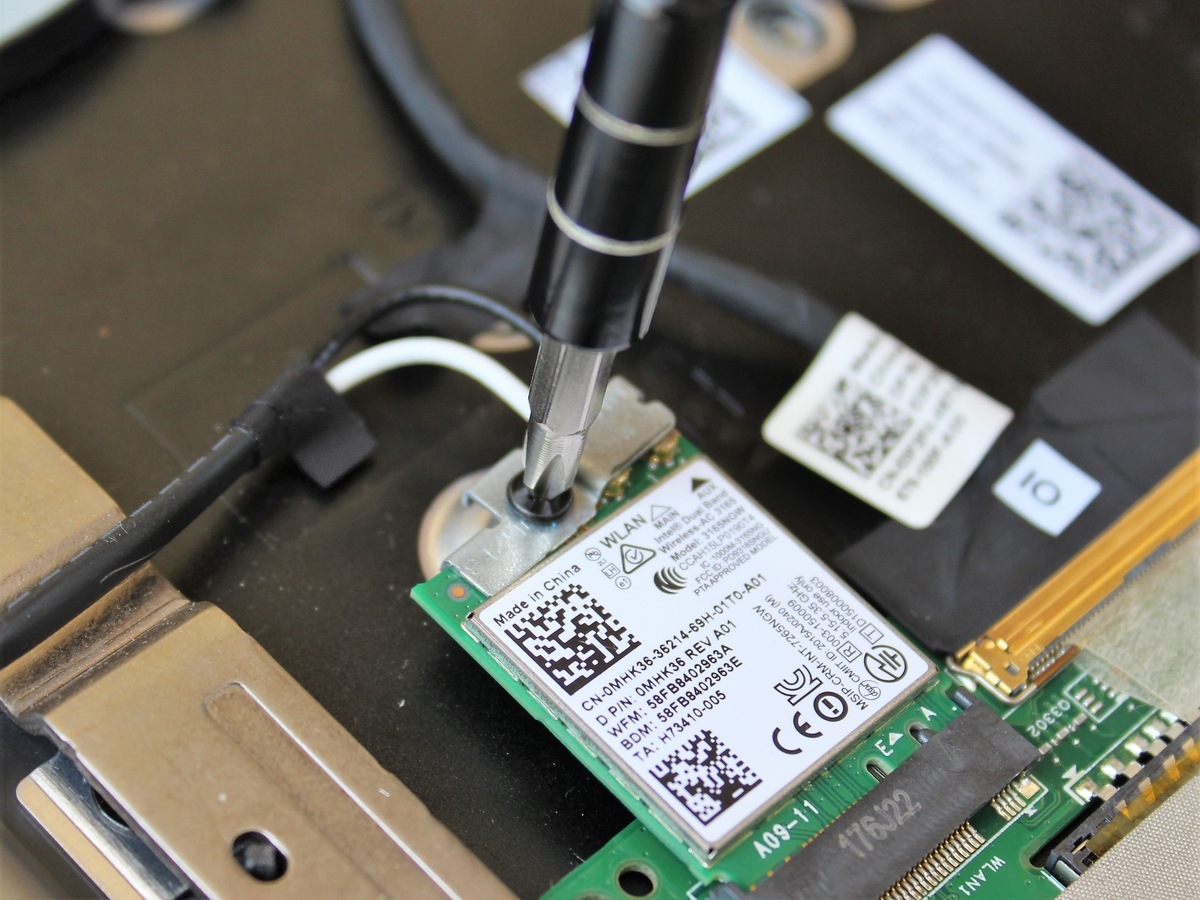
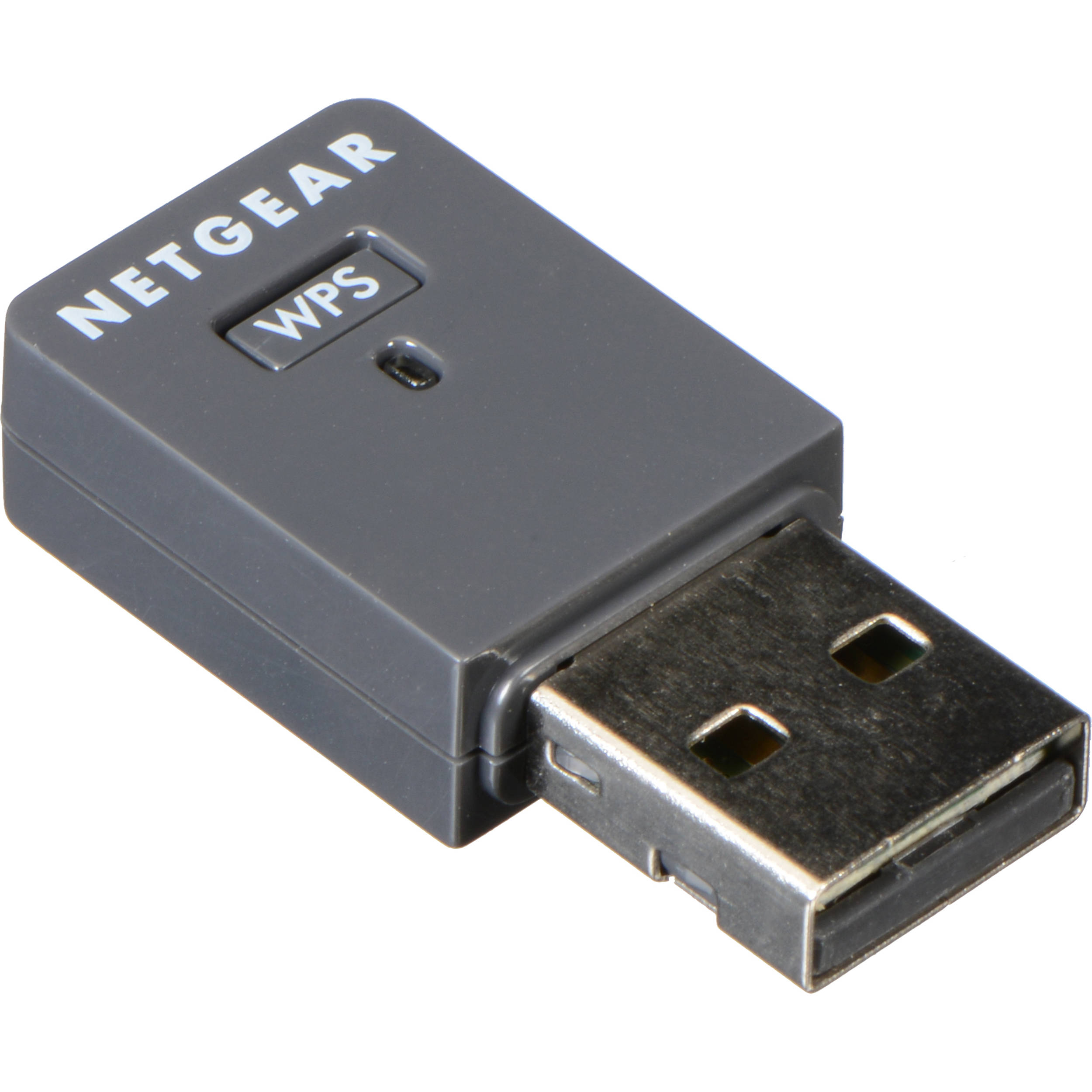
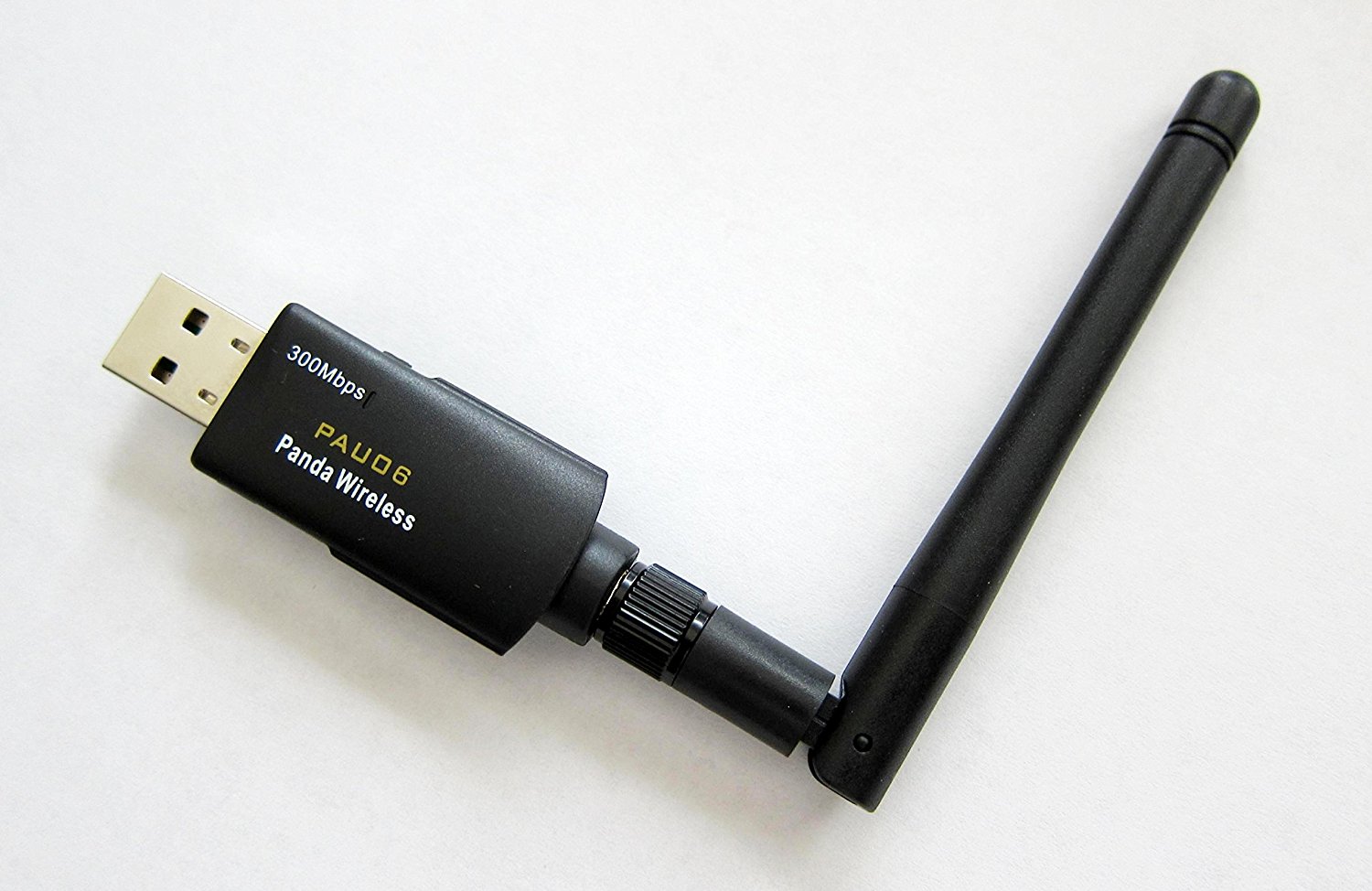
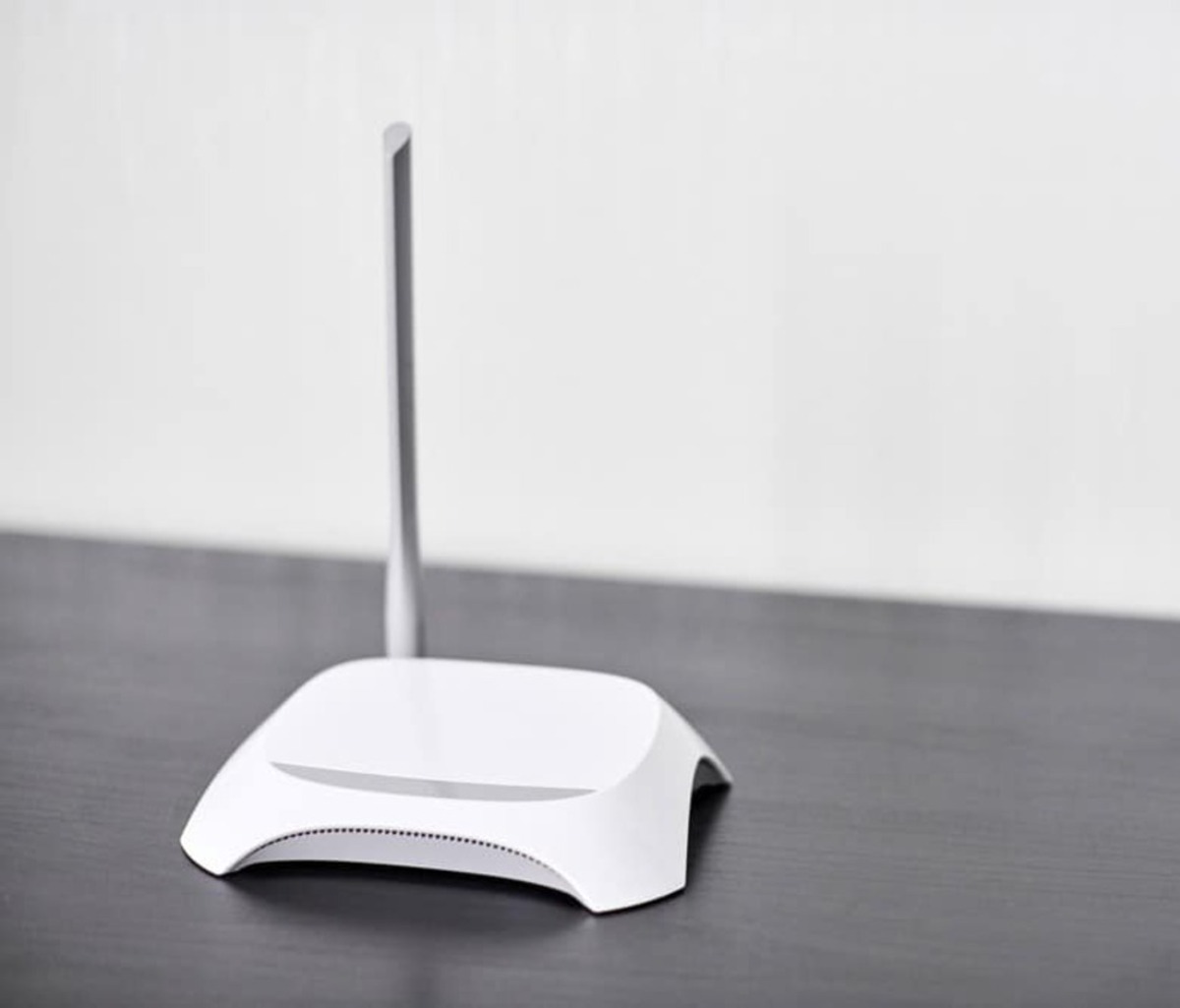
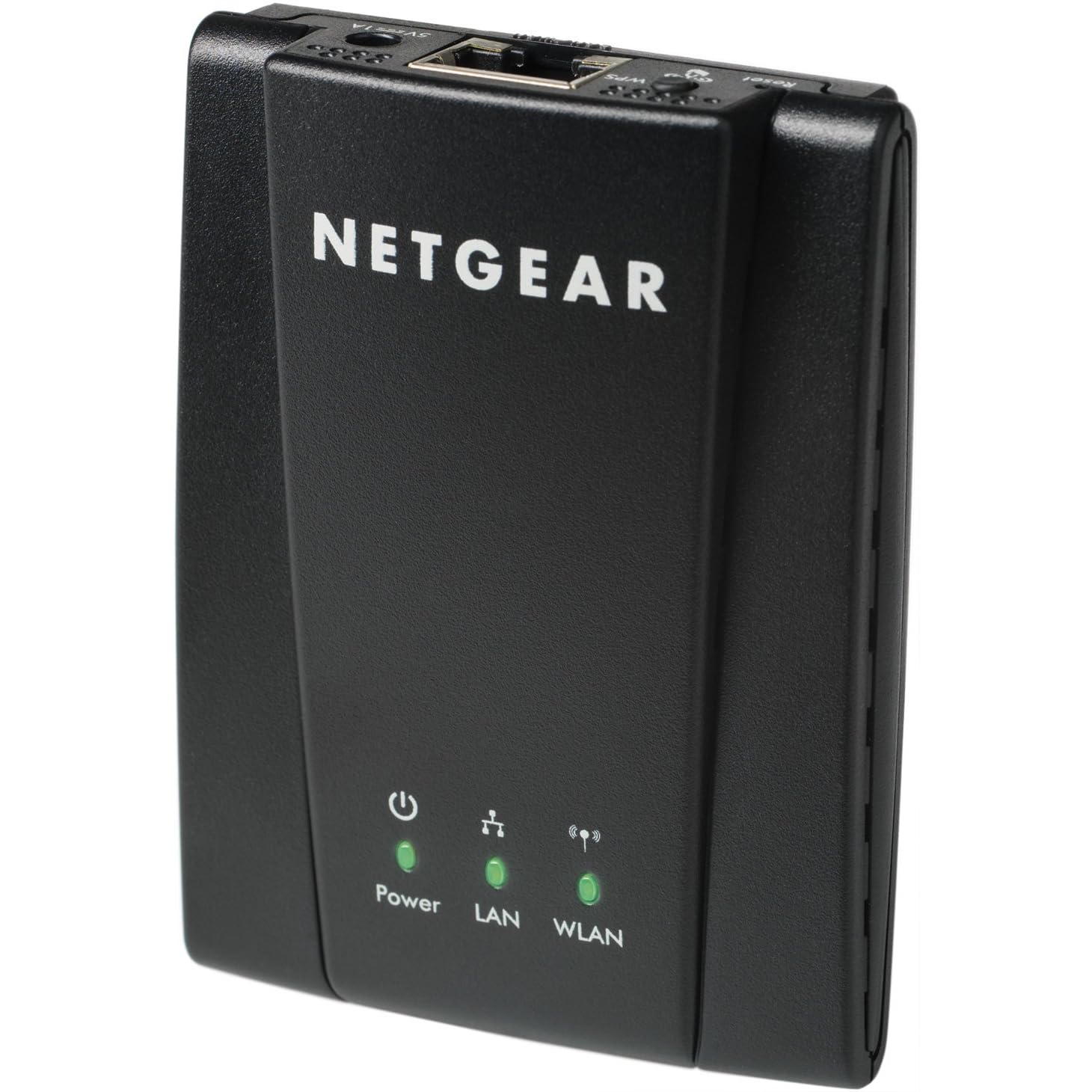
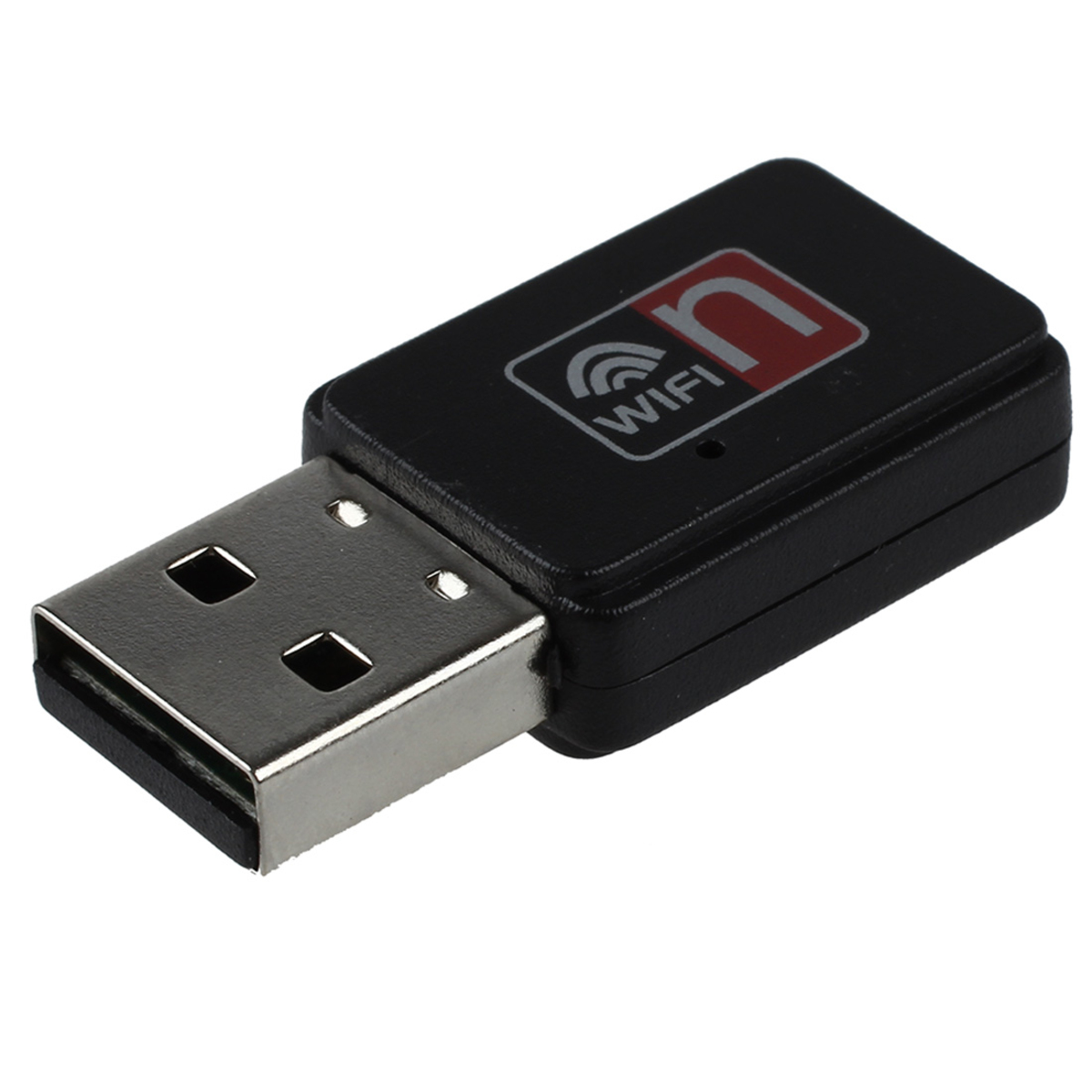
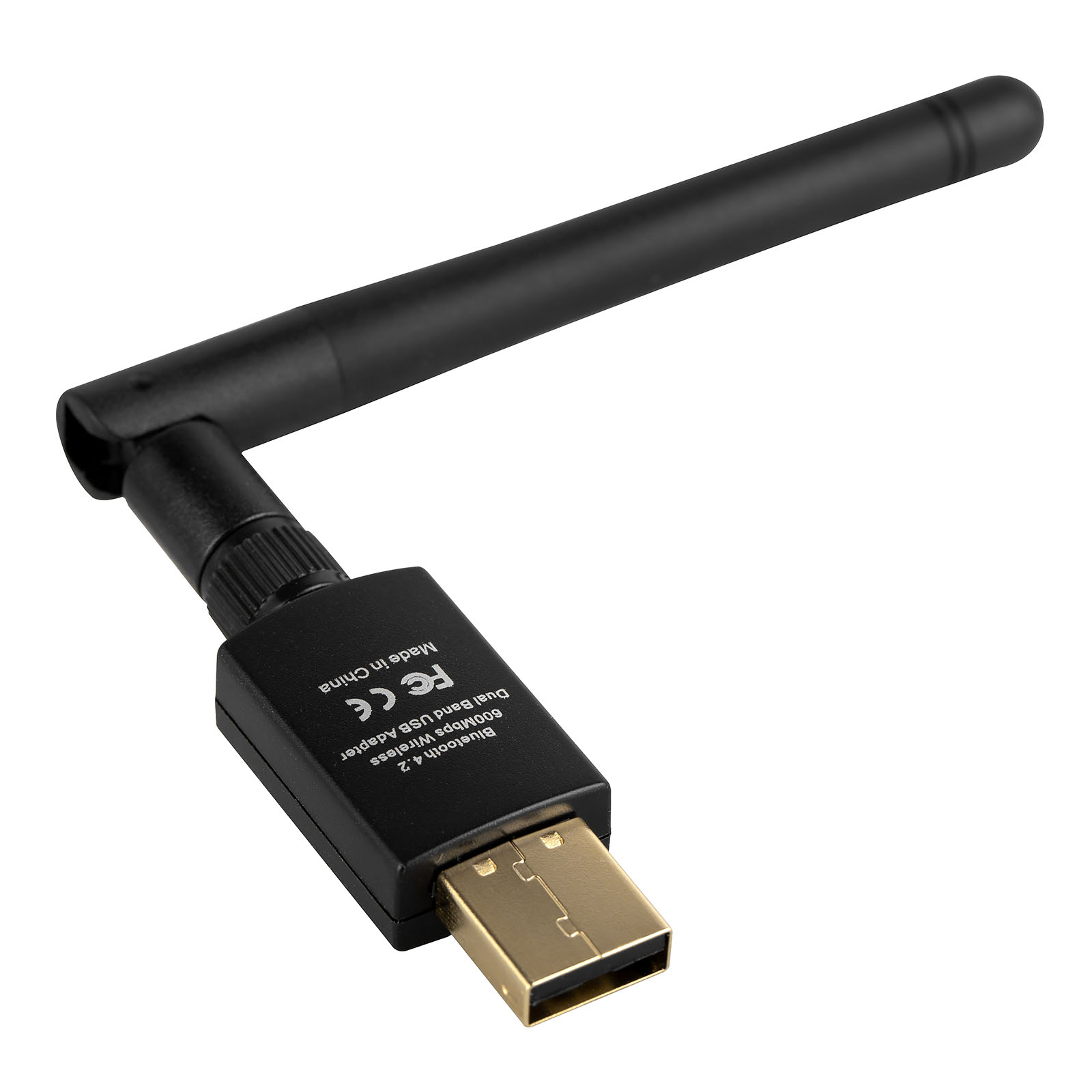
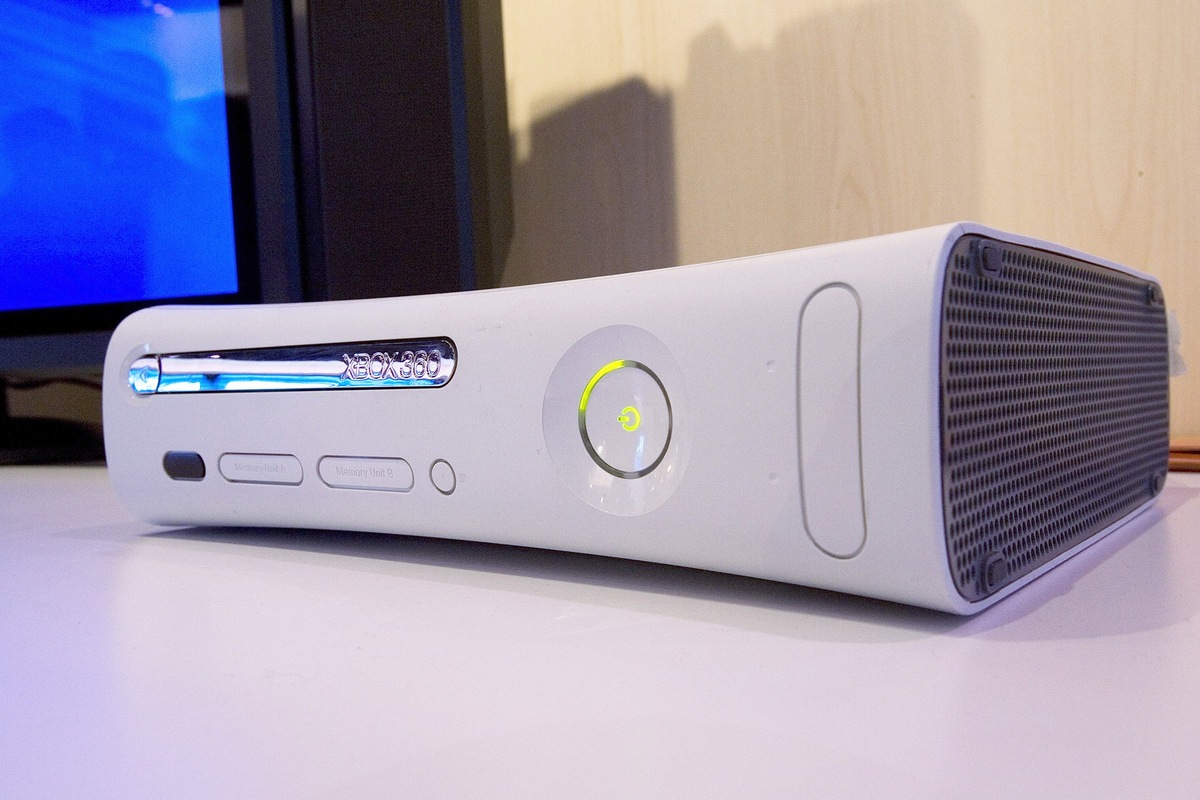
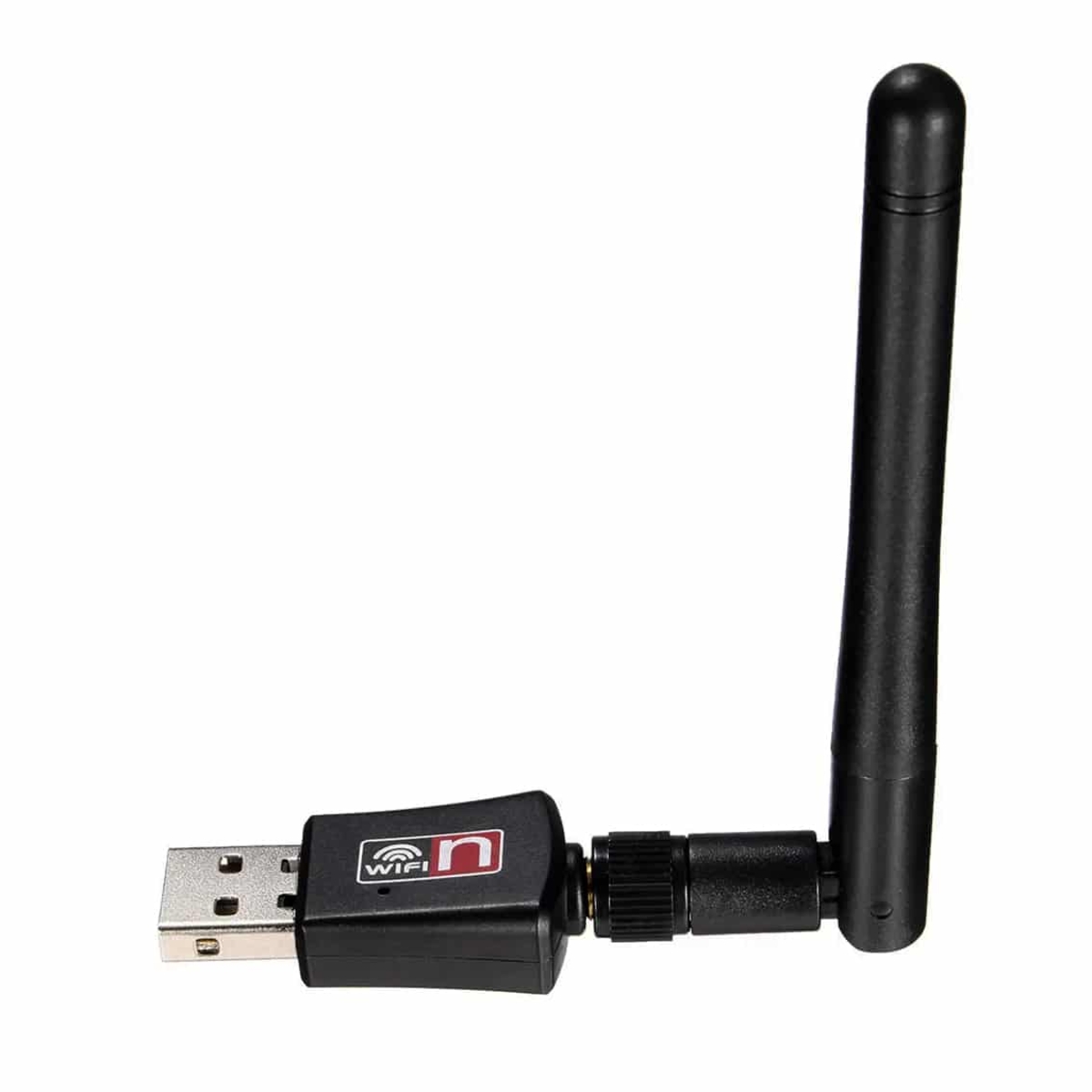
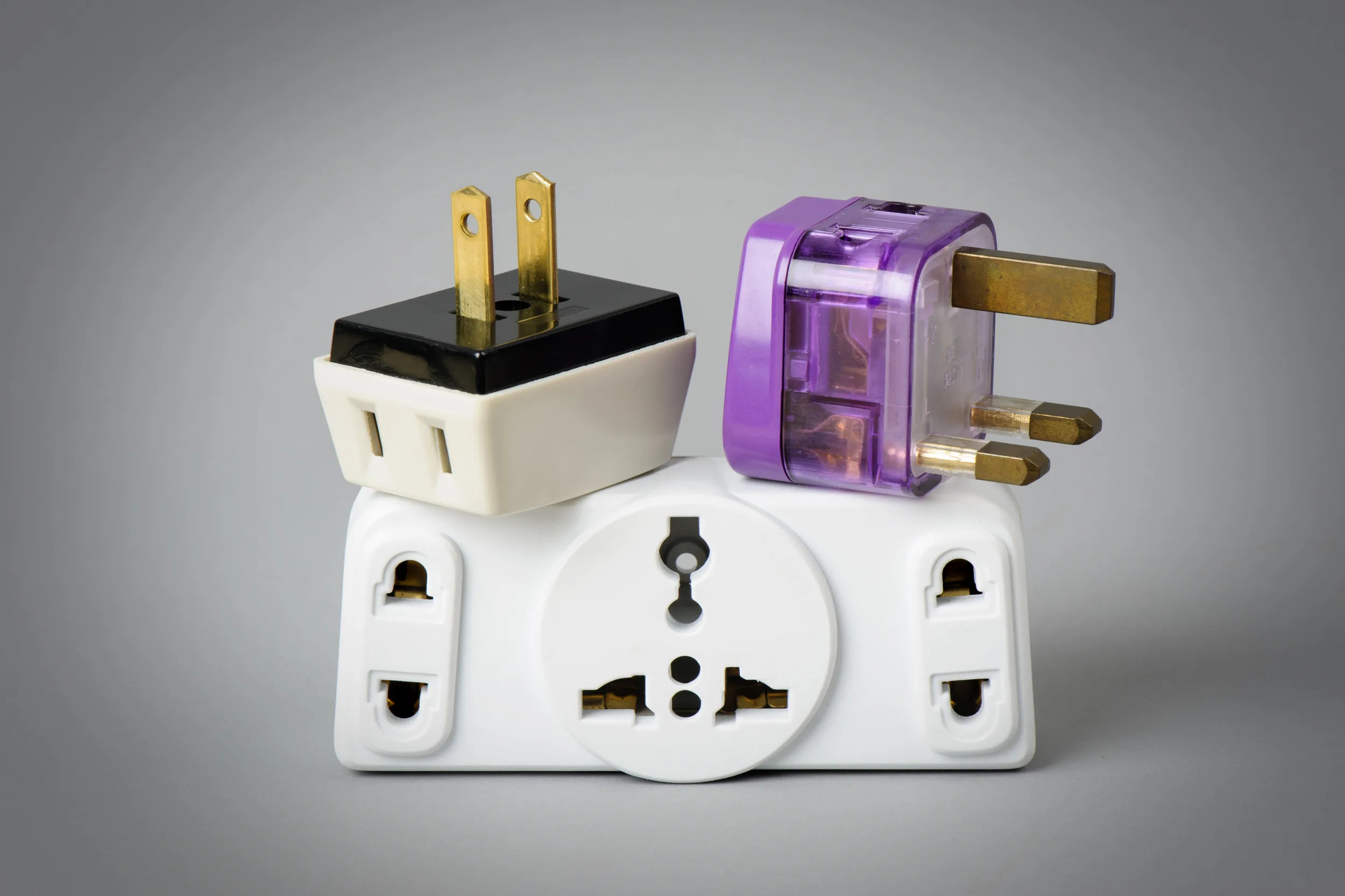
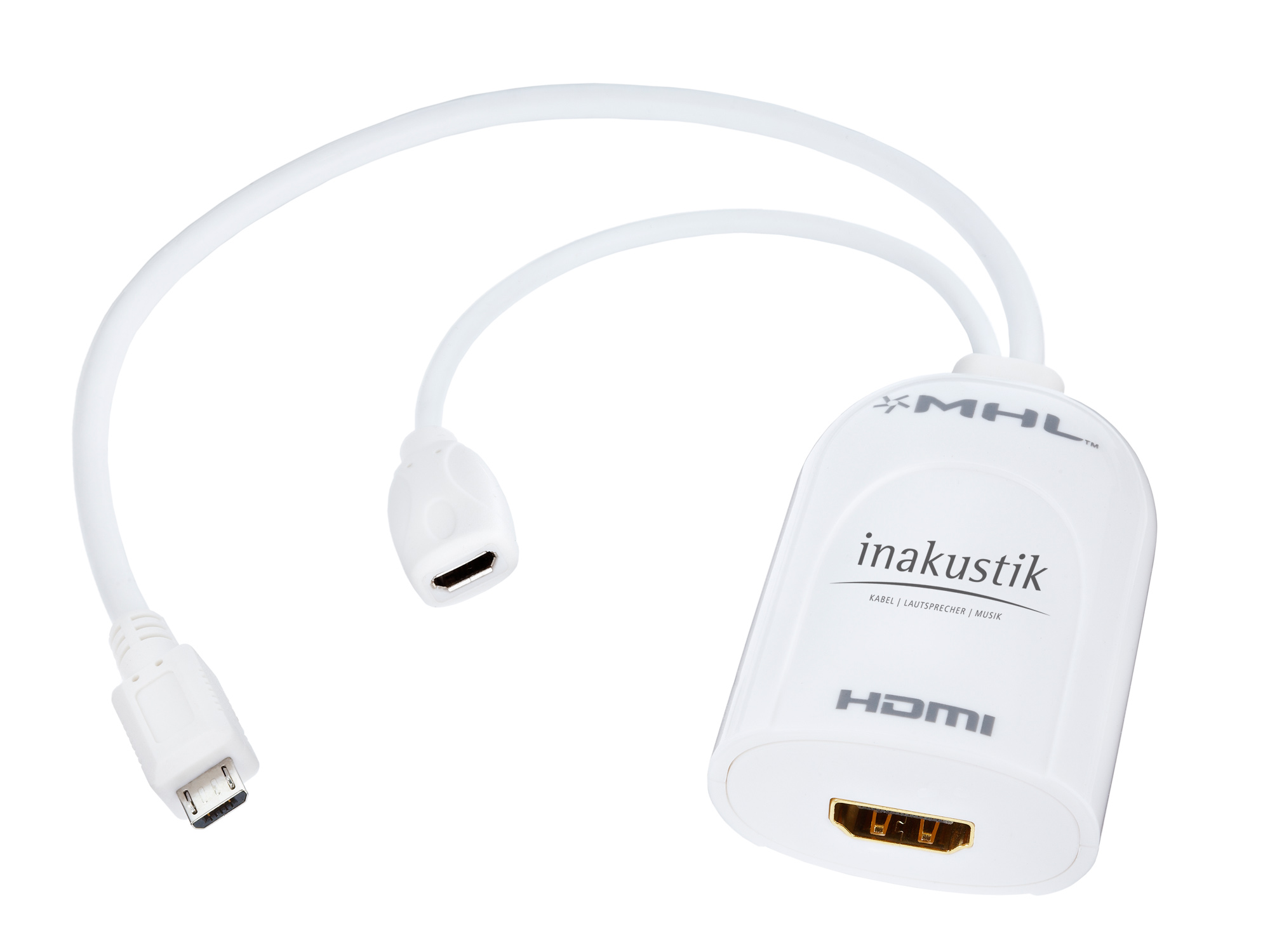
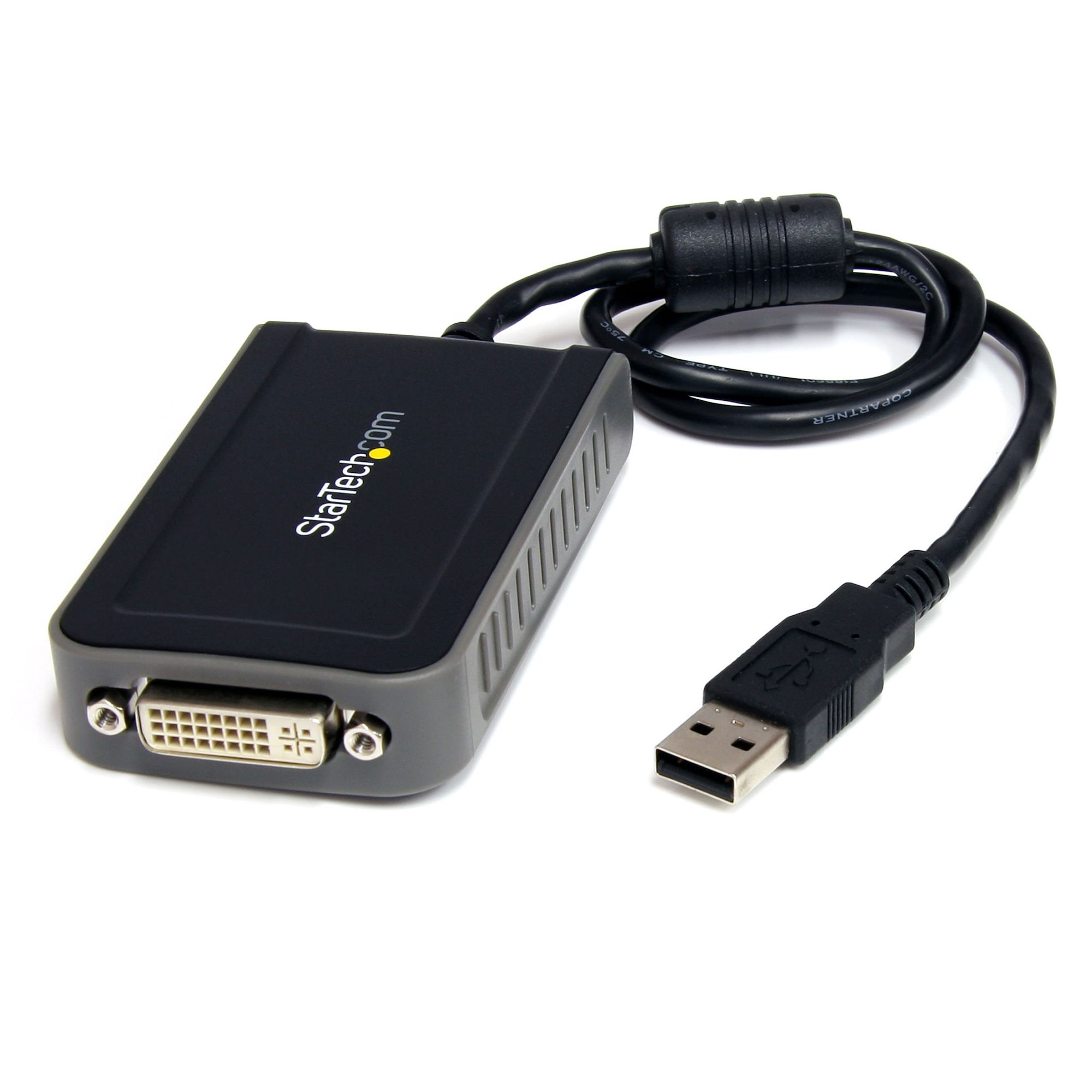
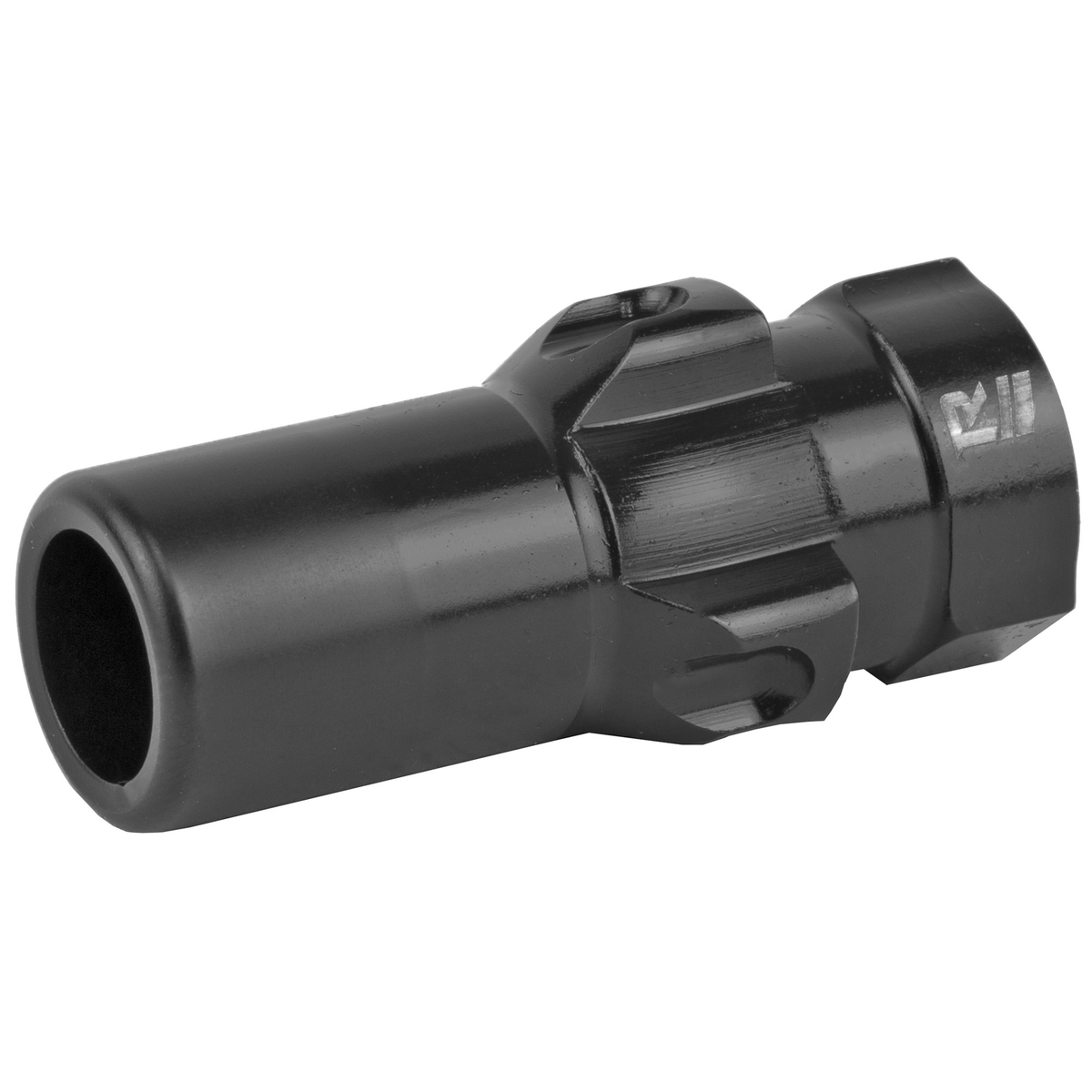
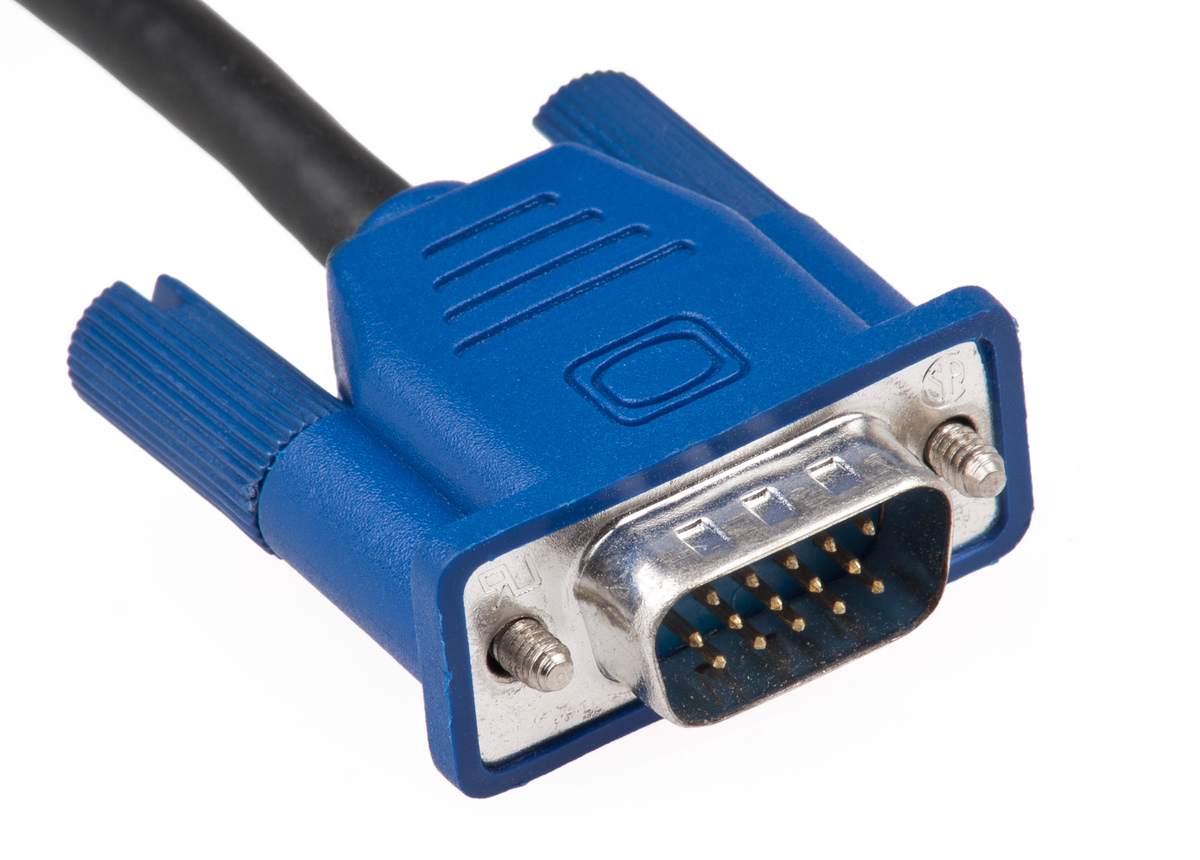

0 thoughts on “What Is Wifi Adapter”